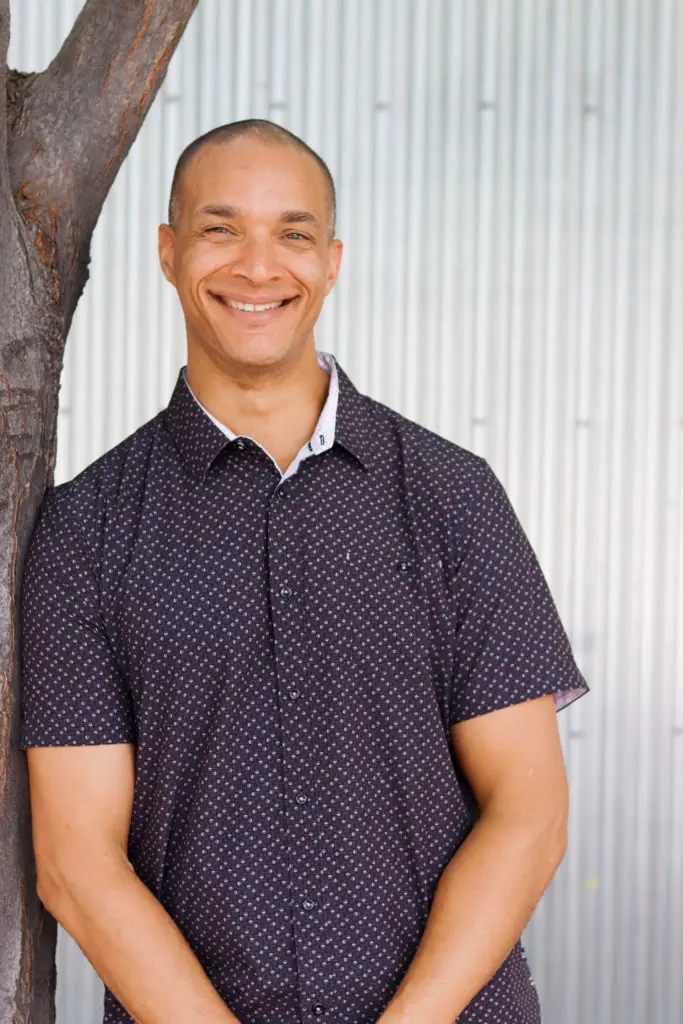
There’s a myth in modern wellness: the “broken/fix” story. You tweak a knee, strain your back, or lose range in your neck. The impulse is immediate—go to a “fixer.” You hope, “If I can just find the right therapist or doctor, they’ll repair the problem and I’ll be whole again!” But that mindset, while understandable, is what sabotages real, lasting recovery.
Why Passive Healing Fails (and How to Take Back Control)
The “fix me” mindset reduces you to a passive recipient. It’s the medical model writ large: the doctor fixes, the patient waits. In reality, health is participatory. You are not a machine—where a mechanic swaps a part and sends you on your way. Instead, each pain, weakness, or restriction is built over years of choices, movement patterns, posture and habits.
Story: Rachel’s Journey
Rachel, 62, came to SolCore after multiple rounds of therapy, massage, even surgery for shoulder and neck pain. She’d try a new expert, feel a little better, but relapse again and again. It wasn’t until she shifted from “who can fix me?” to “how can I participate in my solution?” that she made permanent progress. Small, daily actions—her home exercises, posture reminders, intentional breathing—compounded over months into a real turnaround.
The Problem with Expecting a Quick Fix
- Loss of Ownership: The outcome is always at the therapist’s mercy, not yours.
- Repeat Failures: If “fixed,” you often slide into the habits or patterns that caused the problem, and the pain returns.
- Emotional Letdown: When cracks remain, it’s easy to blame the therapist, not reevaluate your own role.
What DOES Work: Collaboration and Self-Responsibility
The right therapist doesn’t “fix you”—they guide, teach, and support. They provide a plan, but the work is yours. It’s the daily practice—movements, choices, consistency—that flips the script from victim to advocate.
- Set a Clear Goal: Not just “get rid of pain,” but “return to hiking with stability,” “lift my grandchild safely,” or “sleep through the night with zero back stiffness.”
- Do the Work: Learn each exercise or stretch, do them between sessions. Log wins, note discomfort or setbacks for adjustment.
- Ask Questions: Understand the WHY behind every assignment—not for compliance, but ownership.
- Monitor Habits: Are you sitting, sleeping, and moving in ways that support or sabotage progress? Journaling and self-reflection are vital.
What Makes Osteopathic Manual Therapy Powerful?
[Osteopathic manual therapy] is about more than hands-on corrections. It features:
- Precise Assessment: Identifying the root cause, not just chasing symptoms.
- Gentle, Dynamic Adjustments: Helping your body remember proper motion, but NEVER promising miracles overnight.
- Education Side-by-Side: You’ll be taught why and how to move, stretch, and recover—making you the expert in your own body.
Clients who thrive come in ready to learn, not simply be worked on.
Avoiding Dependence and the “Healing Trap”
Too many people bounce from practitioner to practitioner, always searching for the “magic combo.” Resist the urge. Dangerous patterns include:
- Only showing up for therapy, never following the home plan.
- Blaming prior practitioners but not examining your effort.
- Seeking each new gadget or trend in hopes of skipping the basics.
Client Example: “Sam’s Self-Turnaround”
Sam came in after a major sports injury. For months, he hoped each appointment would “do the trick.” When his therapist told him, “This work is 20% me, 80% you between sessions,” Sam bristled—but listened. He poured effort into daily stretching, obsessively corrected his posture at his desk, and tracked progress. Result? Full return to sport (and a lifelong sense of agency over his body).
The Real “Fix”: Consistency and Education
Healing happens with repetition, adaptation, and mindful progression—not emergencies or one-off interventions. If life throws you new problems, you’ll have tools—not just hope for a fix.
Checklist for Lasting Recovery
- Leave each session with homework, not just relief.
- Embrace small setbacks—they’re feedback, not failure.
- Support sessions with quality sleep, nutrition, hydration, and stress management.
- Celebrate your results—you earned them.
Next Steps
Ready to graduate from “patient mode” to “participant?” Book a session for [osteopathic manual therapy] partner with your provider, put skin in the game, and watch your body pay you back with years of freedom.
It’s not just working out, it’s building a foundation for a better life.
Find out more @

Leave a Reply